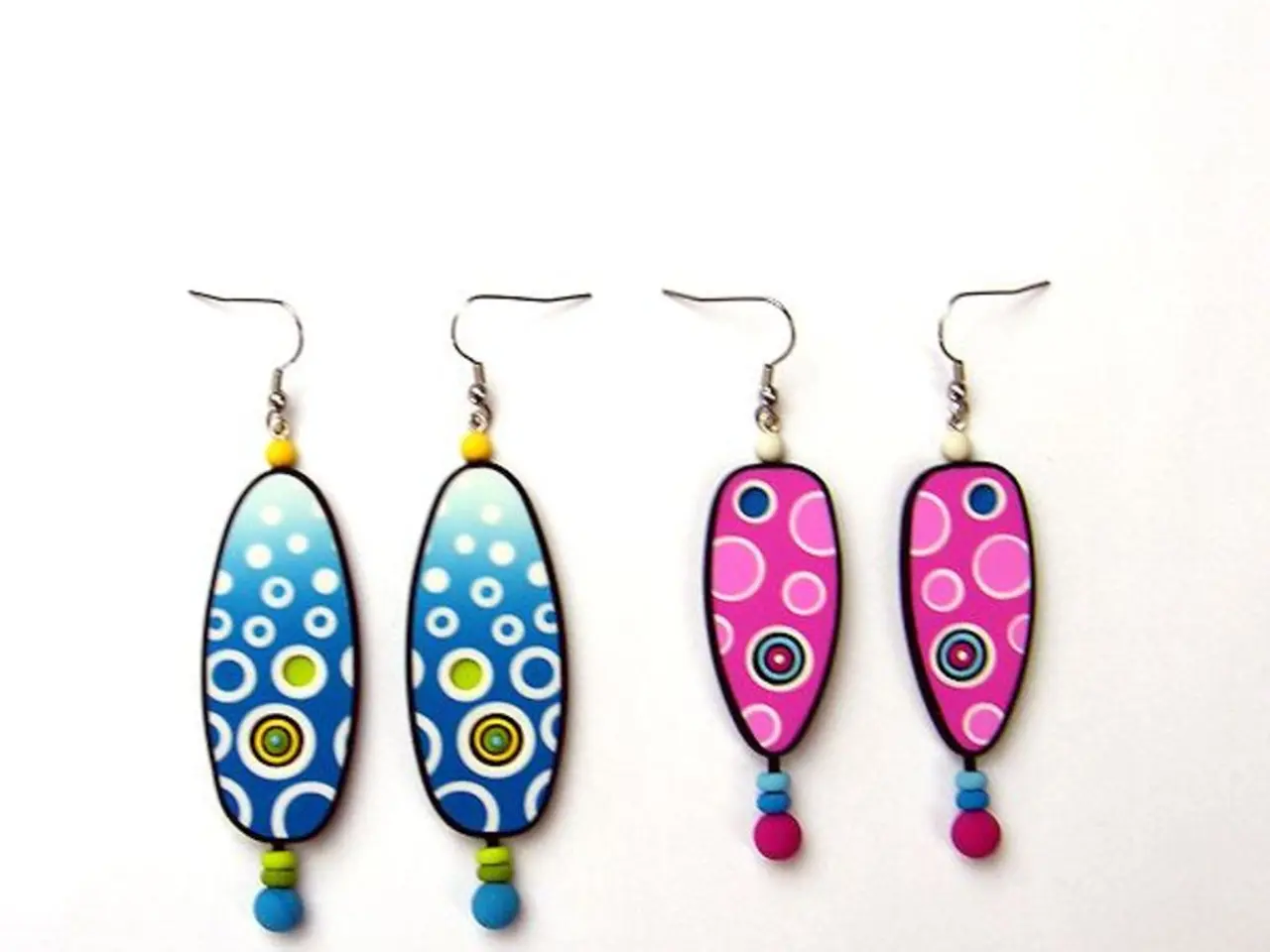Cartilage Piercing Complications: Scarring, Infections, and Solutions Explored
In the realm of body modifications, cartilage piercings have become increasingly popular. However, like any form of adornment, they come with their own set of potential complications, particularly bumps and associated infections. Here's a guide to understanding the common causes, treatments, and prevention methods for these issues.
### Common Causes
Cartilage piercing bumps, also known as irritation bumps, are a common occurrence. They are often the body's response to irritation during the healing process and may appear as raised, pink to reddish, sometimes shiny or flaky bumps. These bumps can form on one or both sides of the piercing and may be painless or tender. In some cases, they can be accompanied by discharge[1].
Bacterial infections are another common issue, especially where jewelry or open wounds provide an entry point for bacteria. Symptoms include redness, swelling, sensitivity, and pus formation around the piercing[3][4]. Poor blood flow in the ear cartilage can contribute to infection risk, as cartilage heals more slowly and is more prone to complications[3].
Keloids or hypertrophic scars may form as raised scar tissue due to an overactive healing response or piercing rejection, often making bumps larger and harder[1][3]. Use of reactive metals such as nickel can cause allergic reactions or irritation, worsening healing or causing bumps[2]. Piercing with guns instead of needles causes more trauma, increasing the risk of irritation and infection[2]. Sleeping on the piercing or mechanical irritation can also contribute to bump formation[1].
### Treatments
The first step in treating a cartilage piercing bump is to assess the cause. A reputable piercer or medical professional should diagnose whether the bump is an irritation bump, infection, granuloma, or keloid[1][5]. Modifying aftercare by switching to proper jewelry made from hypoallergenic metals like surgical steel, titanium, or solid gold can reduce irritation[2]. Regular cleaning of the piercing with saline or antibacterial aftercare solutions can minimise bacterial growth and promote healing[2].
Avoiding irritants by not touching or rotating the jewelry excessively and avoiding sleeping on the piercing can also help[1]. In some cases, if bumps persist or worsen, repiercing might be necessary to correct the angle or placement[1]. For infections with pus or severe symptoms, medical treatment with antibiotics may be needed; early intervention is crucial[3]. Keloids or hypertrophic scars may require professional treatment such as corticosteroid injections or removal but are less common than typical irritation bumps[1].
### Prevention Methods
To prevent cartilage piercing bumps and infections, it's crucial to use professional piercing needles rather than piercing guns to reduce trauma[2]. Choosing hypoallergenic jewelry materials (surgical titanium, niobium, solid gold) can help avoid allergic reactions and irritation[2]. Maintaining strict aftercare hygiene using appropriate cleaning solutions and avoiding touching the piercing with dirty hands is also essential[2].
Avoiding sleeping on the newly pierced ear or wearing tight or heavy jewelry that might irritate the area is also advisable[1]. Monitoring the piercing for early signs of irritation or infection and seeking professional advice promptly can prevent complications[3].
By following proper piercing techniques, choosing suitable jewelry, and maintaining careful aftercare, most cartilage piercing bumps and infections can be avoided or effectively managed. It's essential to be aware of risk factors such as a weak immune system, using unclean jewelry, unsafe piercing practices, getting a piercing with a mall gun, having a history of keloid scars, having allergies, or a history of piercing problems.
In conclusion, with the right knowledge and precautions, cartilage piercings can be a safe and enjoyable form of self-expression. Always remember to prioritise your health and seek professional advice when needed.
[1] PiercingBabes.com, "Cartilage Piercing Bumps: Causes, Treatments and Prevention" [2] The Piercing Bible, "Cartilage Piercing Aftercare" [3] Healthline.com, "Cartilage Piercing Infections: Causes, Symptoms and Treatments" [4] AAFP.org, "Cartilage Piercing Infections" [5] Verywell Health, "Cartilage Piercing Bumps: Causes, Types, and Treatments"
- Cartilage piercing bumps, a common occurrence during the healing process, may appear as raised, pink to reddish, sometimes shiny or flaky bumps.
- Bacterial infections in cartilage piercings are another common issue, often characterized by redness, swelling, sensitivity, and pus formation.
- Poor blood flow in the ear cartilage, which can contribute to infection risk, makes cartilage heal more slowly and prone to complications.
- Keloids or hypertrophic scars may form as raised scar tissue due to an overactive healing response or piercing rejection, often making bumps larger and harder.
- Use of reactive metals such as nickel can cause allergic reactions or irritation, worsening healing or causing bumps.
- Piercing with guns instead of needles causes more trauma, increasing the risk of irritation and infection.
- The first step in treating a cartilage piercing bump is to assess the cause, often requiring a diagnosis from a reputable piercer or medical professional.
- To prevent cartilage piercing bumps and infections, it's crucial to use professional piercing needles, choose hypoallergenic jewelry materials, and maintain strict aftercare hygiene.
- By following proper piercing techniques, choosing suitable jewelry, and maintaining careful aftercare, most cartilage piercing bumps and infections can be avoided or effectively managed, promoting the overall health-and-wellness and mental-health of the individual, as well as the integrity of their skin-care and therapies-and-treatments.




